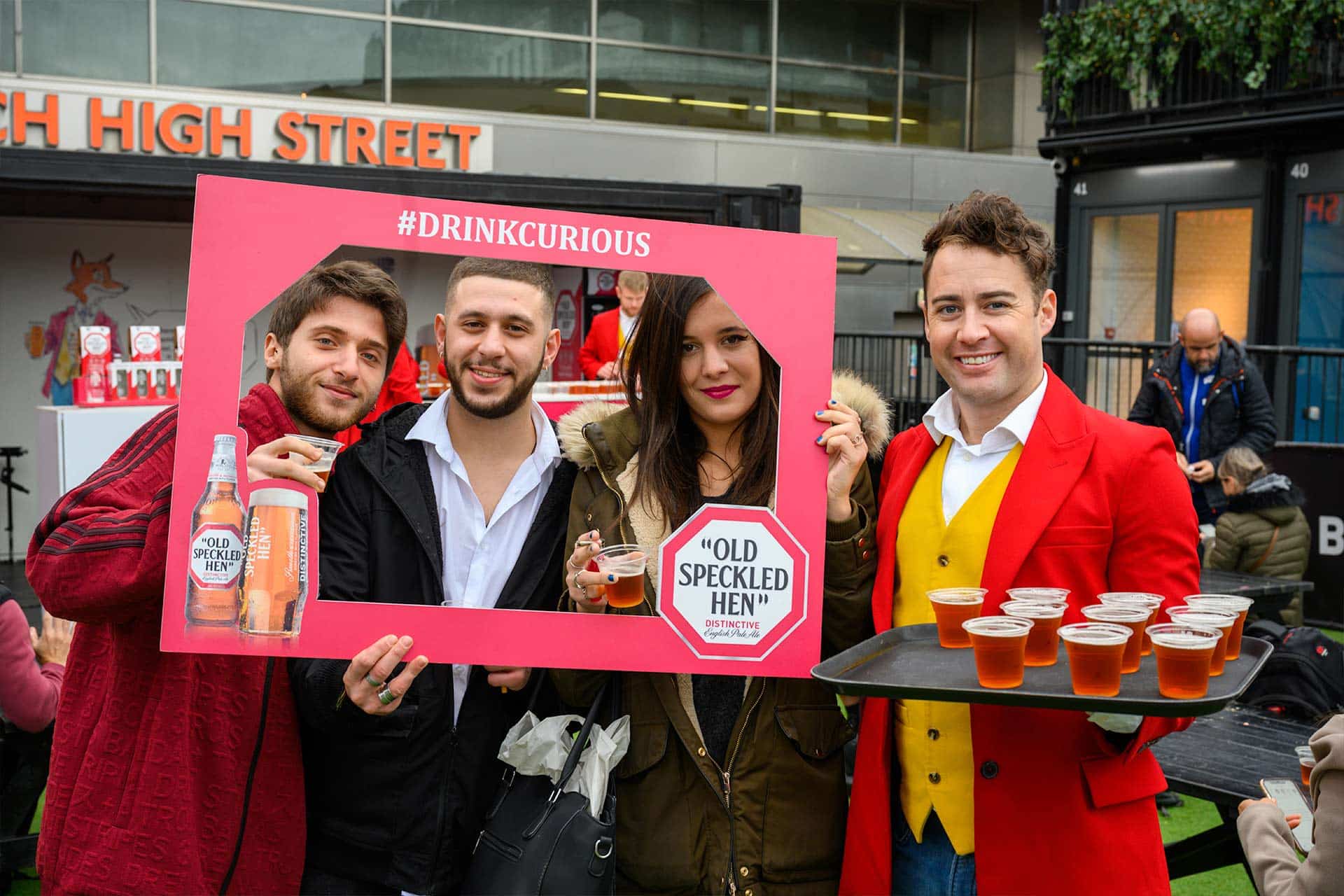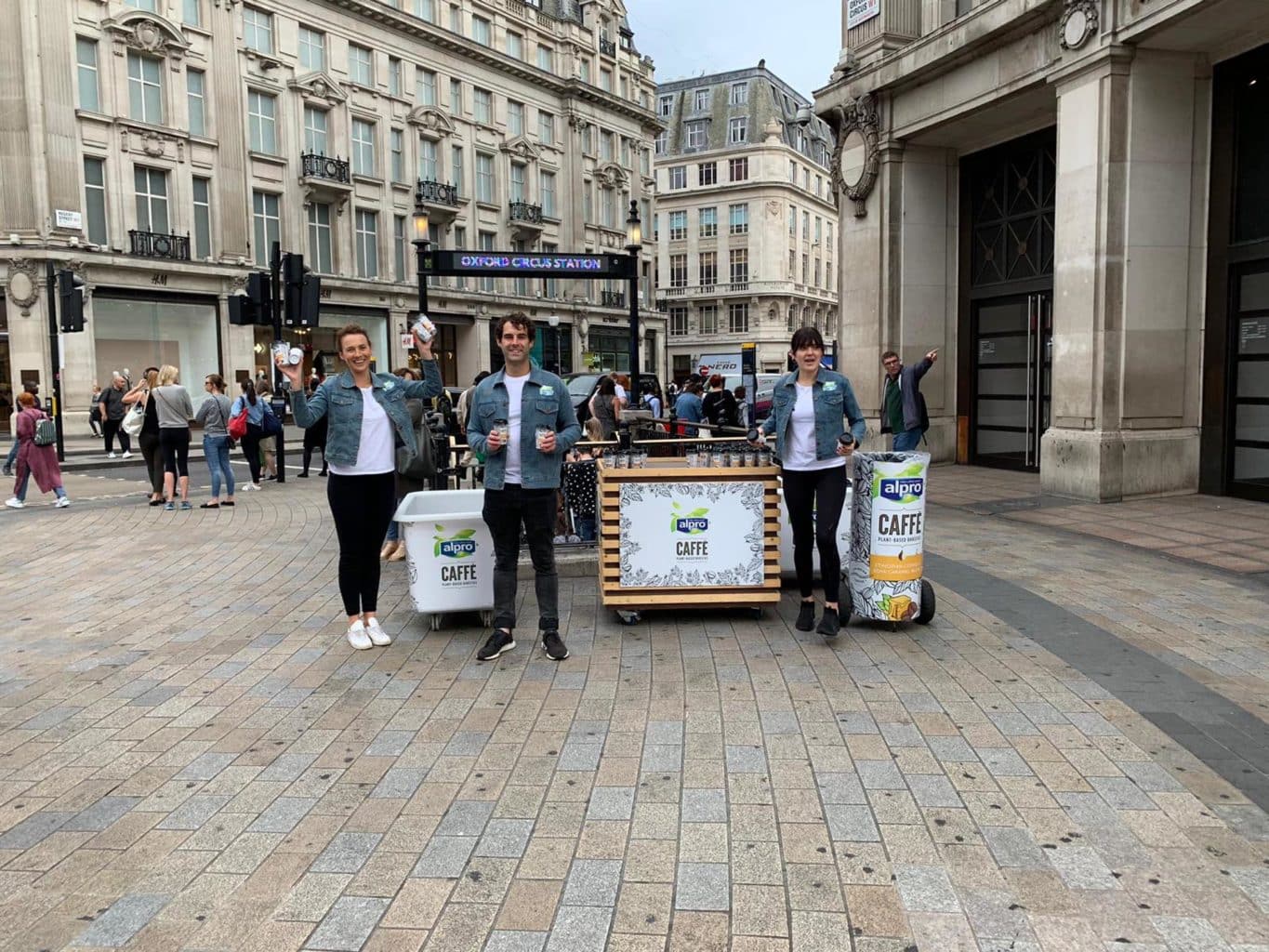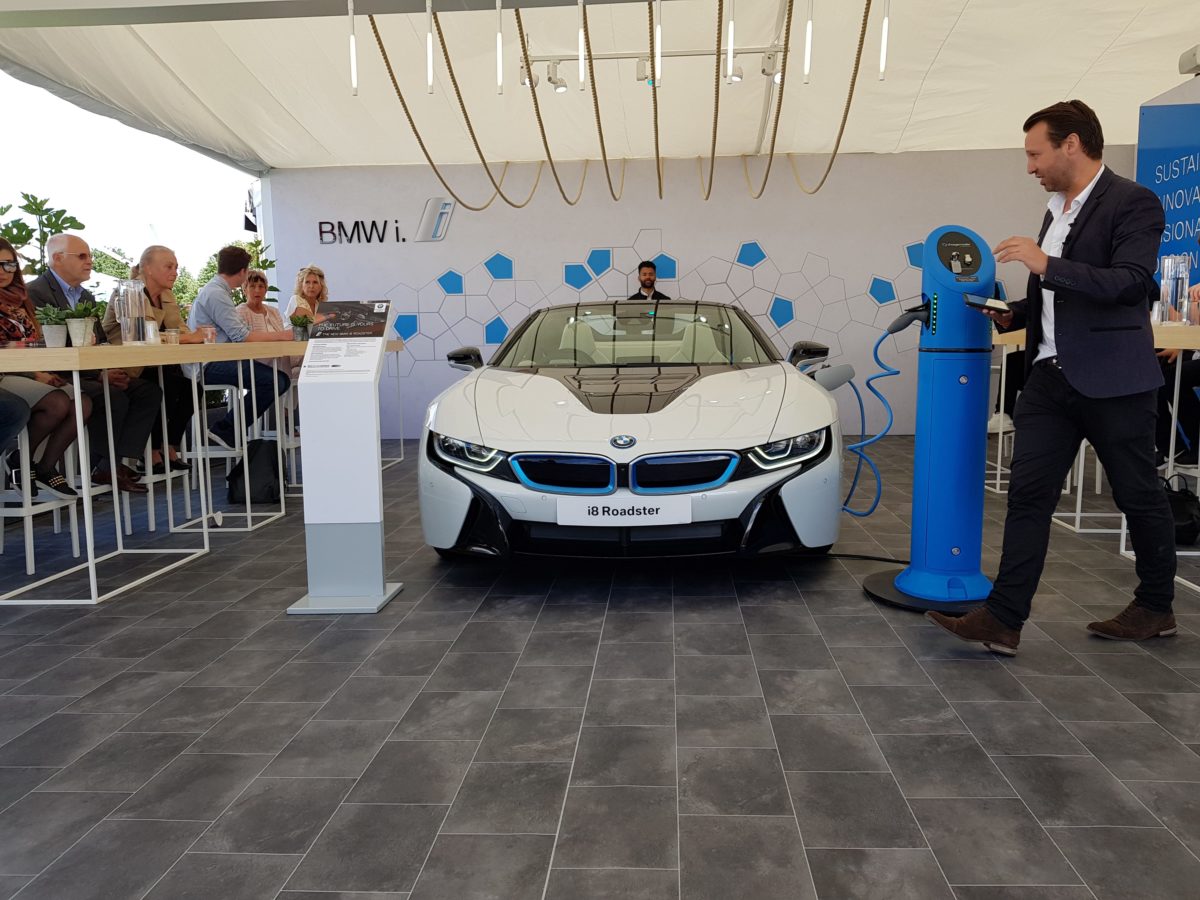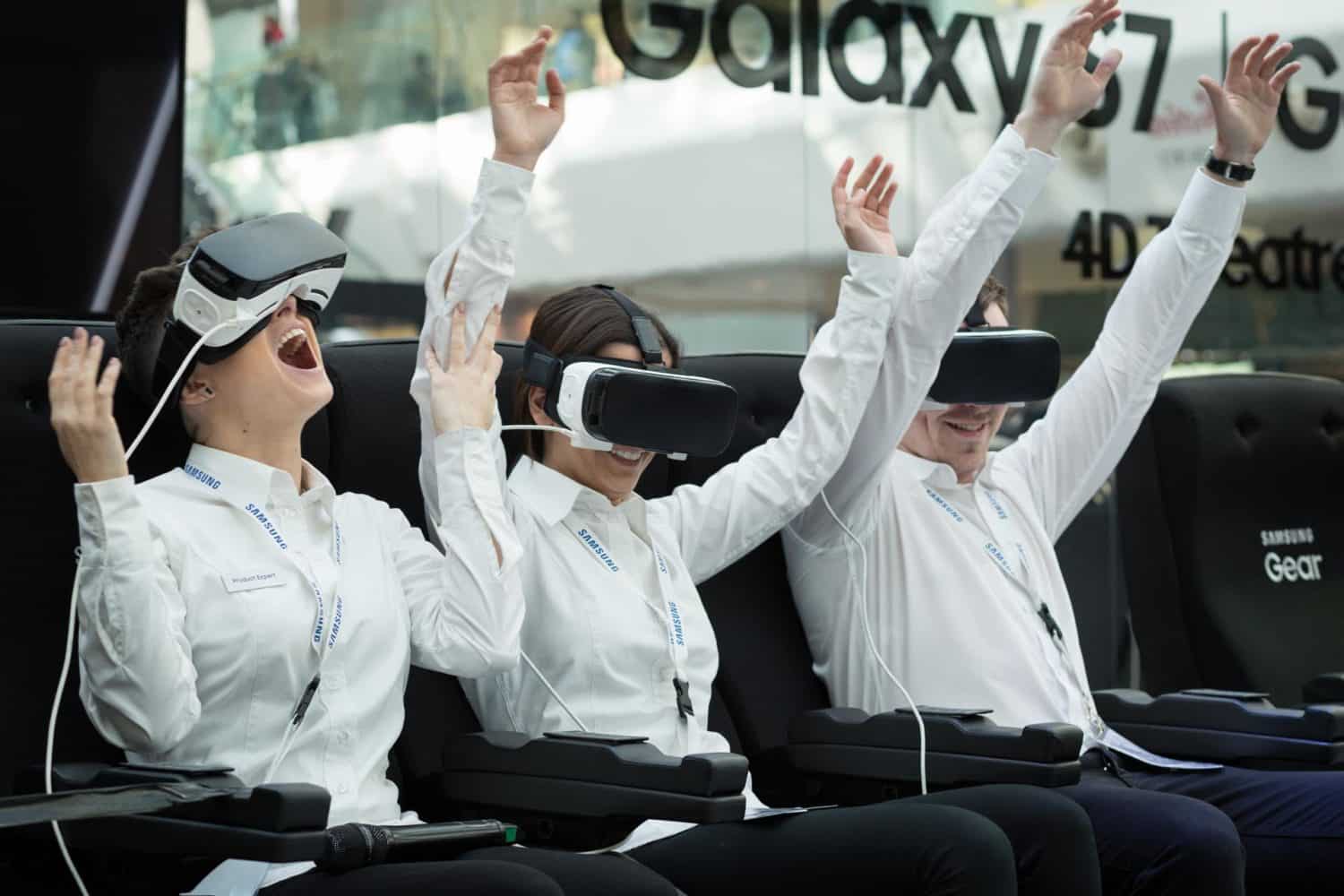The Guide to Increasing Brand Awareness
November 2020

November 2020

In the A to Z of modern marketing, “Awareness” is one of the first terms you’ll encounter. Both chronologically and in terms of value to the future of your company. So, what is brand awareness and how can you improve brand recognition? Our guide will uncover all.
Contents
I. What is brand awareness?
II. Why increase brand awareness?
II.A. Brand awareness generates trust
II.B. Brand awareness creates familiarity
II.C. Brand awareness brings sales
III. Types of brand awareness
IV. How to increase brand awareness
IV.A. Create a clear & consistent brand
IV.B. Focus on storytelling
IV.C. Use promotional gifts
IV.D. Leverage success from others
IV.E. Use content
V. How to measure brand awareness
VI. Conclusion
In its most basic definition, brand awareness is quite literally just that. Awareness of the brand. In reality, though, it is a term that also covers the sense of familiarity shared between your business and its target audience.
Brands that have established strong brand awareness may be described as “popular” or “on trend” with a universal audience or a very specific demographic. Either way, brand awareness is considered the #1 goal for social media marketers across businesses of all backgrounds and sizes.
Before looking at ways to improve brand recognition or how to measure brand awareness, it’s important to understand the reasons behind the efforts. Perhaps the easiest way is to look at some examples of great brand awareness. Here are just three:
We all know from personal experiences that we can feel strong emotional connections to a brand, whether it’s a car manufacturer or a clothing company. Ultimately, the incentives for improving brand awareness are three-fold:
Trust counts for a lot in business. In fact, 81% of customers research businesses before completing a purchase to see whether they are trustworthy. Great brand awareness and recognition can help you bypass this particular hurdle to gain the desired response.
Most clients, B2B and B2C, will associate a strong status, recognisable ad campaigns, and strong client resonation levels as three of the most telling features.
The vast majority, over 90%, of consumers confess that they will stay loyal to brands. Establishing a sense of familiarity through smarter marketing practices is one of the best ways to facilitate this. Brand awareness sees consumers associate products with particular actions.
For example, you may have ‘DPD’d’ a parcel when you actually sent it via a courier. Essentially, that familiarity sees brand names interchange with nouns and verbs, which is a very powerful tool.
Crucially, then, brand awareness can lead to increased sales. Consumers are happy to buy from brands that they know and respect while 75% prefer to reuse a brand that already knows their name and purchase history. So, brand awareness is key for continued business.
Ultimately, the average person encounters hundreds of brands every single day. If yours doesn’t achieve awareness, it will inevitably get lost among the crowd.

In many ways, the term brand awareness is a fairly fluid one that arguably cannot be monitored by tangible barometers. Nonetheless, the results of getting it right will be shown in increased conversions and CPA (cost per acquisition) rates. Generally speaking, brand awareness is split into two key areas;
Brand Recall is when a consumer spontaneously thinks of a particular brand when they think about a product category. For example, when thinking about boots, the UGG brand may be what they instantly recall, meaning the brand has established awareness.
Brand Recognition, otherwise known as aided recognition, is when a consumer can tell details about a brand once they are asked about it. For example, they may have never purchased a pair of Beats by Dre but would recognise the distinct look and style.
The two types of brand awareness combine to create a phenomenon known as ‘top of mind’ awareness. This is when a company’s name and products are one of the first three solutions a consumer considers when considering a particular product type.
For many, this is the best approach of how to measure brand awareness while achieving it is considered the holy grail.

By now, you’ve probably realised that brand awareness can be a hugely important tool for connecting with a desired demographic while also boosting sales figures and the efficiency of future marketing strategies. The next step, then, is to build good brand awareness.
There are several contributing factors to consider. Here are some of the most significant features to consider.
Before trying to make your brand connect with clients, you first need to ensure that all features work together. Nike, Apple, Starbucks, Ford. They all have instantly recognisable logos, colour schemes, imagery, and slogans. Any brand that wants to gain instant recognition must aim to do the same.
Clear branding should extend to all aspects of the marketing strategy. From product packaging design to website schemes and social media, every element should link up nicely to create a powerful first impression that consumers cannot forget. Only then can you think about getting your name out there to the masses.
The brand story has become an increasingly important part of modern marketing. Consumers want to buy from personalities they like. Storytelling humanises your company by showing who you are, what you stand for, and why potential leads should feel the urge to support your journey.
In fact, the smartest brand storytellers encourage users to become a part of the journey themselves. Taking actions that make them a part of the process, such as voting for product tweaks, can strengthen the bond with telling impacts. Authenticity goes a long way in business, and you must not forget it for a second.
Brand awareness should be coupled with an emotional response because visibility alone won’t bring sales. One of the key associations to aim for is a sense of value for money. Promotional freebies, otherwise known as product sampling, are a great way to do this while ensuring your brand becomes a part of their everyday lives.
The list of potential gifts is almost endless – products branded T-shirts, mugs and pens are all good examples. Crucially, the fact that the consumer is connected to your brand each time they use it will be sure to boost the brand’s hopes of becoming a top of mind solution.
The power of recommendation is a wonderful thing. Let’s face it; the first time you purchased a Tiffany bracelet or a bottle of Jack Daniel’s was probably because someone else introduced you to the brand. Using those same concepts from a business perspective can transform the future of your brand.
In today’s climate, customer testimonials are a very powerful tool. However, connecting with social media personalities is where you can take the venture to new heights. It’s a concept that works on the same fundamentals as when a celebrity uses a product. Followers see it, recognise the brand, and want it to feel closer to their idols.
Content is king, not least when building brand awareness. A blog, vlog, or series of podcasts can work wonders for gaining visibility with new audiences and resonating with existing users. It keeps them coming back to your brand time and time again, which should subsequently bring conversions.
Better still, the content can be used to market specific products by pushing clients towards them in a non-aggressive way. You are guiding them along the path to conversion, but allowing them to feel as though they are in control. Consumers like to feel that they’ve discovered a gem of a brand for themselves. Encourage it at all costs.

Brand awareness should cover the following six stages; Pre-Awareness, Awareness, Familiarity, Consideration, Purchase, Advocacy.
However, even when you target each stage of the consumer journey, it may be difficult to track brand awareness through figures. In many ways, if your profits and revenue are on the rise, there’s a very strong chance that your brand awareness campaigns are performing well.
Nonetheless, the following steps can be used to see how your brand is perceived;
Brand awareness isn’t necessarily a strategy built to directly sell products. Instead, it focuses on promoting the company as a whole so that consumers instantly think of your brand when looking for products that you provide or suggesting services to friends and family.
When you know your place in the market, understand how the audience works, and build a comprehensive strategy, success should soon follow.
Still curious? If you want to find out how we can help increase brand awareness for your business, give us a call on +44 (0)1296 682 555 or visit our contact page!